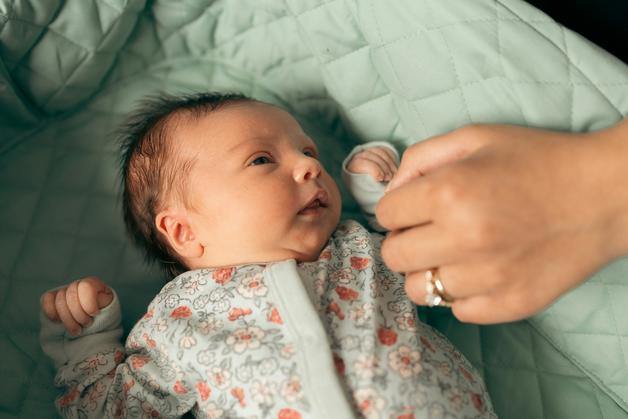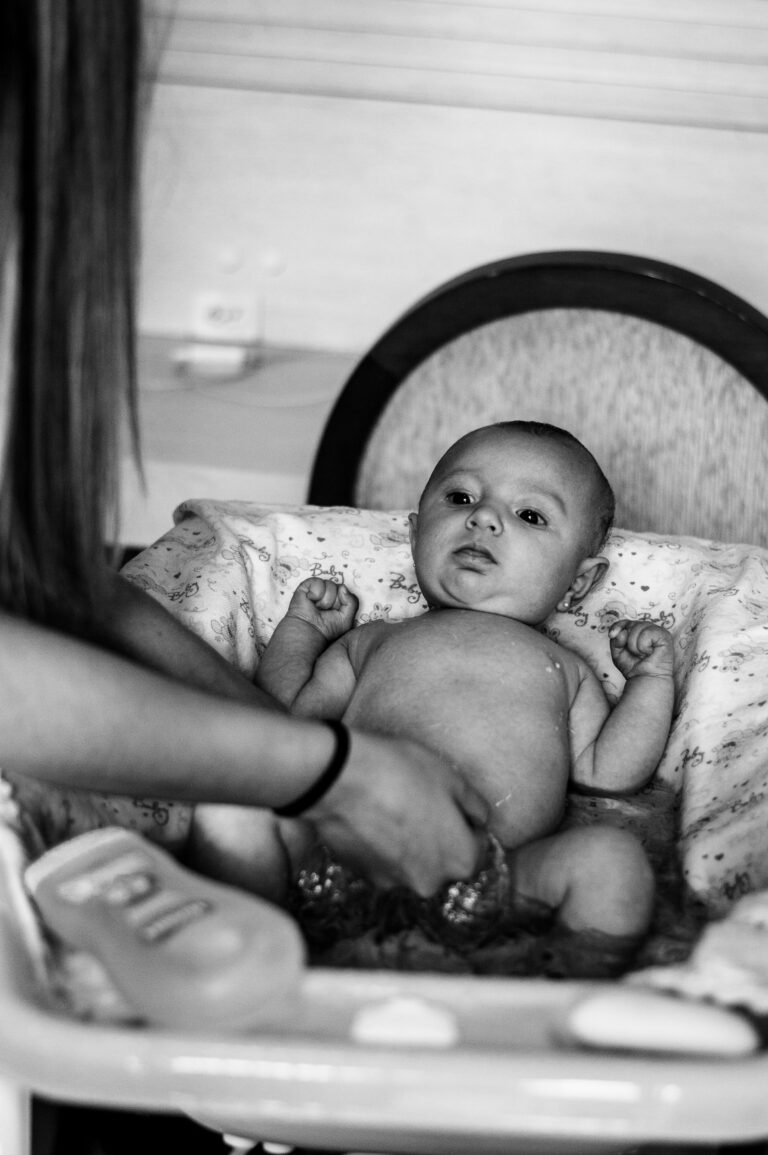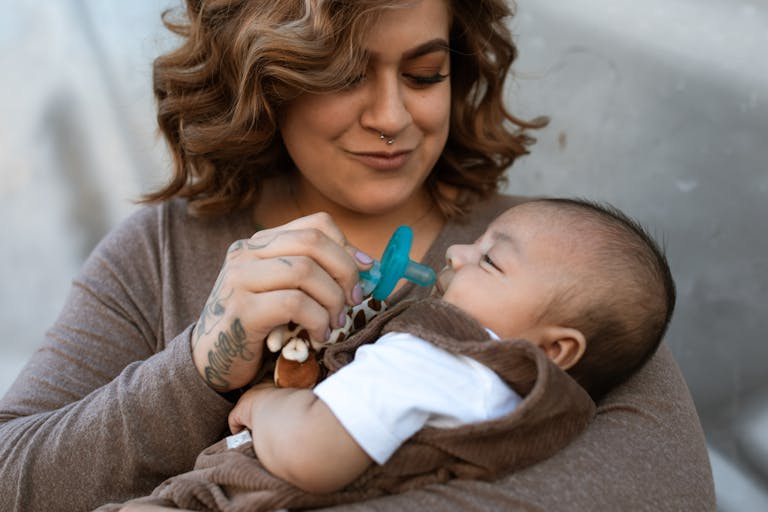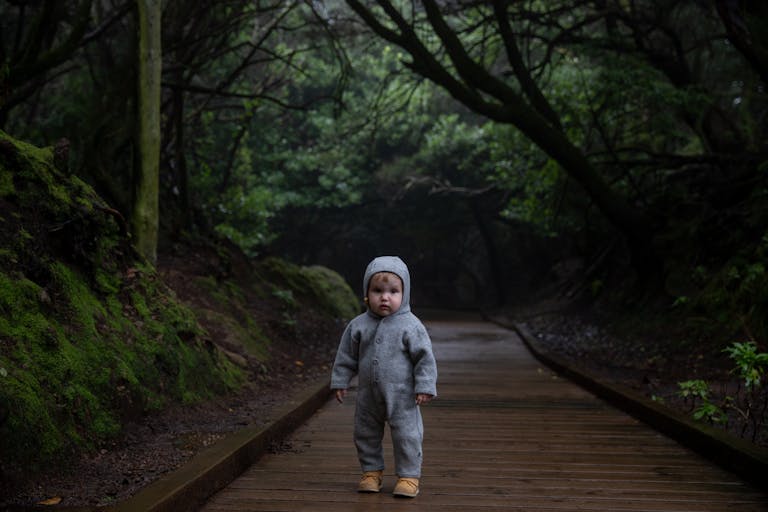The arrival of a newborn is a whirlwind—joy, wonder, fatigue, and countless questions blending together with barely a pause for breath. One recurring puzzle: why does my baby seem to startle awake so often or struggle to settle at bedtime? For many parents, baby swaddling appears as both an ancient art and a modern-day tool, promising more restful sleep and moments of tranquility in an otherwise unpredictable daily rhythm. How can a simple wrap of cloth achieve this? Which scientific principles lie behind centuries-old customs? And perhaps most importantly—how can families balance the allure of tradition with safeguards rooted in pediatric research? Let’s unpack the evidence and empathy behind baby swaddling, arming you with clarity and confidence for your parenting journey.
Understanding Baby Swaddling: Fundamentals and Rationale
The core of baby swaddling lies in simulating the snug and soothing conditions of the womb—a world where gentle pressure and warmth create natural boundaries. By using a lightweight blanket or a purpose-designed swaddle, parents wrap their infant’s body gently, providing security while ensuring ample space for hip and leg movement.
But what happens at the physiological level? Newborns are prone to the Moro reflex or startle response, an involuntary movement that can swiftly pull them from sleep. Swaddling can dampen this reflex through steady tactile input, similar to the embrace of skin-to-skin contact or gentle hand support. Here’s the balancing act: too tight, and risks to breathing or hip development arise; too loose, and the effectiveness—along with safety—evaporates.
Benefits of Baby Swaddling: Science, Comfort, and Family Well-Being
Emotional Regulation and Sleep Enhancement
Why does baby swaddling often equate with calmer nights? Pressure sensors in a baby’s skin translate gentle wraps into neurochemical messages of safety, decreasing cortisol, the primary stress hormone. Studies have shown that swaddled babies experience:
- Fewer episodes of inconsolable crying,
- Longer continuous stretches of REM sleep (the deep, restorative kind with all-important brain development benefits), and
- Quicker transitions from alertness to non-REM sleep stages.
Not convinced yet? Consider the regular feedback from neonatal units worldwide: swaddling can offer pain relief as well as sensory regulation for preterm or highly sensitive infants. This isn’t just anecdote—it’s now advised in many neonatal intensive care settings, provided that strict safety practices guide its use.
Easing the Path for Parents
Sleep deprivation and stress weigh heavily on new families. Consistent bedtime routines, including baby swaddling, can buffer parents from the exhaustion spiral. By reducing night wakings and limiting sudden startle-induced crying, swaddling offers emotional respite, restoring enough equilibrium for parents to cherish bonding and attachment. The very act of swaddling—soft, repetitive, and nurturing—may even serve as a mindful pause, a grounding ritual in a day crowded with unpredictability.
Mastering Techniques: Traditional and Modern Methods Explained
The Classic Wrap
Traditional baby swaddling employs a square or rectangular blanket, often muslin or a finely woven cotton cloth. The process is simple in theory:
- Lay the blanket down, fold the top edge, and place your baby with shoulders just under the fold.
- Cross one arm, pull the blanket across, tucking under the opposite side.
- Repeat with the other arm.
- Fold up the bottom, leaving ample space for knees to flex and hips to open (think “froggy legs,” not rigid).
- Secure the other side loosely across the chest.
The golden rule? Always ensure that a flat hand can slide easily between the cloth and your baby’s chest, confirming that breathing remains free, the hips can move, and the wrap never touches the face.
Contemporary Innovations: Swaddle Sacks and Smart Solutions
The evolving world of baby swaddling now includes a market of swaddle sacks, fastener-based wraps, and clever designs that minimize room for error. These products eliminate the DIY-folding pitfalls—no loose edges, no slipping blankets—and introduce adjustable options (arms in, arms out) as development shifts. Features like breathable fabric panels, ergonomic hip pouches, and zippers placed away from delicate skin reflect a new era: one looking to maximize both convenience and infant safety.
Cultural Landscapes: Baby Swaddling Across Continents
How universal is baby swaddling? From the geometric fabrics of Indigenous Australia, to the intricate podaegi carriers of Korea, and the wraparound cloths of West Africa—nearly every continent boasts its own swaddling heritage. Cultural adaptations vary:
- In colder regions, thicker wraps address temperature regulation, with parents monitoring for overheating.
- Some traditions prioritize hip-friendly techniques, leaving the lower body more flexible in response to historic recognition of hip dysplasia risk.
- In several communities, the act of swaddling weaves together symbolism, community rituals, or celebrations of ancestral design.
Although customs diverge, the deep commitment to promoting infant comfort, protection, and rest remains strikingly consistent across the world map.
Safety First: Medical Guidelines and Pediatric Insights
Swaddling may elicit visions of serenity, but safety underpins its entire practice. Here are essential precautions every parent should know:
- Never use heavy or non-breathable blankets. Overheating—manifesting as sweating, flushed cheeks, or rapid breathing—can increase the likelihood of sudden infant death syndrome (SIDS).
- Ensure babies are always placed on their back for sleep. Swaddling and stomach-sleeping is a combination pediatricians strictly advise against.
- Permit full range of movement for the hips and knees, guarding against the development of developmental dysplasia of the hip. The International Hip Dysplasia Institute recommends a “hip-healthy swaddle,” where legs maintain a natural, bent position.
- Monitor for cues of discomfort or distress: persistent fussiness, dampness, redness on the skin, or any issues with settling could all signal that the current approach needs revisiting.
- Critically, the moment your baby attempts to roll—even once—swaddling should be discontinued immediately to protect against airway compromise.
Wondering what the medical community says? While organizations like the American Academy of Pediatrics support swaddling for young infants, their guidance echoes the above safety measures, underscoring that sleep sacks or wearable blankets become preferable as motor skills advance.
Discontinuing Baby Swaddling and Considering Alternatives
A turning point arrives surprisingly fast: rolling milestones often emerge between two and four months of age. At this stage, baby swaddling transitions from helpful to potentially hazardous, as a rolled-over, swaddled infant may be unable to right themselves, elevating risks for breathing difficulties.
If swaddling sparks more protests than peace, it’s a sign to listen—and adapt. Parents can offer partial swaddles (arms out), shift to wearable sleep sacks, or gently drape a single layer blanket, always ensuring that nothing restricts natural movement. For some families, a shift to weighted sleep garments or high-tech, temperature-regulating textiles can bridge comfort with developmental readiness—just remember, always anchor decisions in safety, expert advice, and your baby’s real-time reactions.
Troubleshooting Swaddling: Practical Solutions for Common Hurdles
Do some babies escape even the most diligent wrap? Absolutely—wriggle room is part and parcel of early motor skills. Opting for properly fitted swaddle products or adjusting wrap size often helps. If your little one isn’t a fan, experiment with arms-out variations or restrict swaddling to pre-sleep rituals only.
Avoid potential pitfalls such as:
- Wrapping too tightly around the chest or lower body
- Covering the head or face with fabric, even by accident
- Using thick, weighted, or non-breathable materials, particularly in hot environments
- Ignoring rolling cues—safety protocol demands that swaddling ends promptly
When puzzled, take cues from your child—their comfort, cues, and adaptability will be your best guides.
Key Takeaways
- Baby swaddling taps into neurological and physiological mechanisms to soothe, comfort, and extend infant sleep—when performed attentively and safely.
- Flexibility, breathable fabric, and unrestricted hip movement are non-negotiable—never sacrifice safety for snugness.
- End swaddling as soon as rolling emerges, and pivot to sleep sacks or other options rooted in pediatric best practices.
- Celebrate the diversity of swaddling approaches worldwide, yet prioritize up-to-date medical evidence and personalized care.
- Facing uncertainty, don’t hesitate to seek advice from your pediatrician, child health nurse, or reliable digital resources.
- For ongoing guidance, sleep routines, and customized infant health questionnaires, explore the Heloa app—a trusted companion for data-driven, compassionate parenting.
Every sleep, every wrap, every adjustment—these are opportunities not only to nurture but also to make decisions anchored in science and empathy. Trust your observations, stay curious, and remember—parental intuition, coupled with current recommendations, form the gold standard for the well-being of your child.
Questions Parents Ask
How long can a baby be swaddled each day?
It’s best to swaddle your baby primarily during sleep times and not throughout the day. Swaddling for several hours while your little one naps or sleeps at night is usually enough. During awake moments, let your baby enjoy some free movement. This helps support healthy physical development and gives your baby chances to practice new skills. Stay attentive to your baby’s cues—if they seem uncomfortable or try to break free, consider reducing swaddling time.
What are the pros and cons of baby swaddling?
Swaddling offers comforting warmth and can soothe babies by reducing the startle reflex, often leading to better sleep and fewer tears. Many parents appreciate that it can make bedtime more peaceful. However, it’s important to be mindful of possible downsides. If the wrap is too tight, there’s a risk for restricted hip movement or overheating. To minimize any concerns, always swaddle loosely around the hips and use breathable fabrics. Remember, pausing swaddling when your baby starts rolling is a safe choice.
How can you tell if a baby does not want to be swaddled?
Every baby is different, and some show clear signs when swaddling isn’t right for them. If your little one often tries to wiggle out, looks uncomfortable, or seems restless when wrapped, this may be a gentle signal to try alternative soothing methods. Observing your baby’s reactions and respecting their preferences can go a long way—comfort comes in many forms, and you’ll find what fits your family best.

Further reading:









